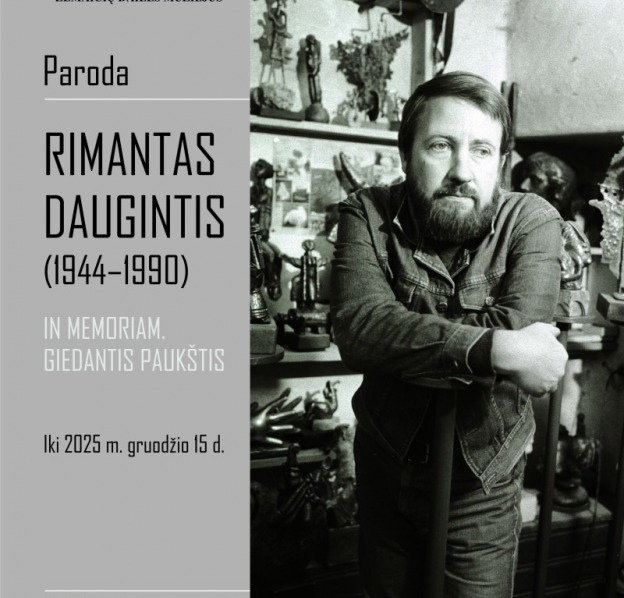Plungė manor
- Home
- Map of Castles and Manors
- Plungė manor
In 1779, Ignotas Masalskis (Ignacy Massalski), the bishop of Vilnius, became the proprietor of Plungė Manor, and in 1806, it went to Platon Zubov, the nobleman of the Court of the Russian Empress Catherine II.
Many buildings of Plungė Manor surviving to this day were built in 1873 on the initiative of the Count Mykolas Oginskis (Michał Ogiński), who bought the manor. A German-born architect Karl Lorenz designed a neo-Renaissance two-story palace and a park. Also in 1879, a neo-Gothic stud farm building was built. There are two oficinas on the sides of the palace. From 1873 to 1902, there was a manor orchestra school in Plungė, where composer and artist Mikalojus Konstantinas Čiurlionis studied.
The territory of the manor is decorated with neo-Renaissance gates, the palace is surrounded by a park. To the south of the mansion there is an exclusive clock tower-orangery building of the 19th century.
After the death of Mykolas Oginskis in 1902, his wife continued to look after the palace complex. In 1905, she established a school for the children of the manor’s servants, a retirement home, a hospital, and funded a kindergarten.
After World War I, the palace was no longer inhabited, in 1922, Saulė Gymnasium and later the Agricultural School were established. In 1934, the palace went to the Artillery Regiment of the Lithuanian Armed Forces. From 1941 to 1953, the palace was abandoned.
Since 1994, the Samogitian Art Museum has been operating at the palace of the Duke Mykolas Oginskis. It treasures and exhibits museum values, as well as cherishes the old manor traditions.





